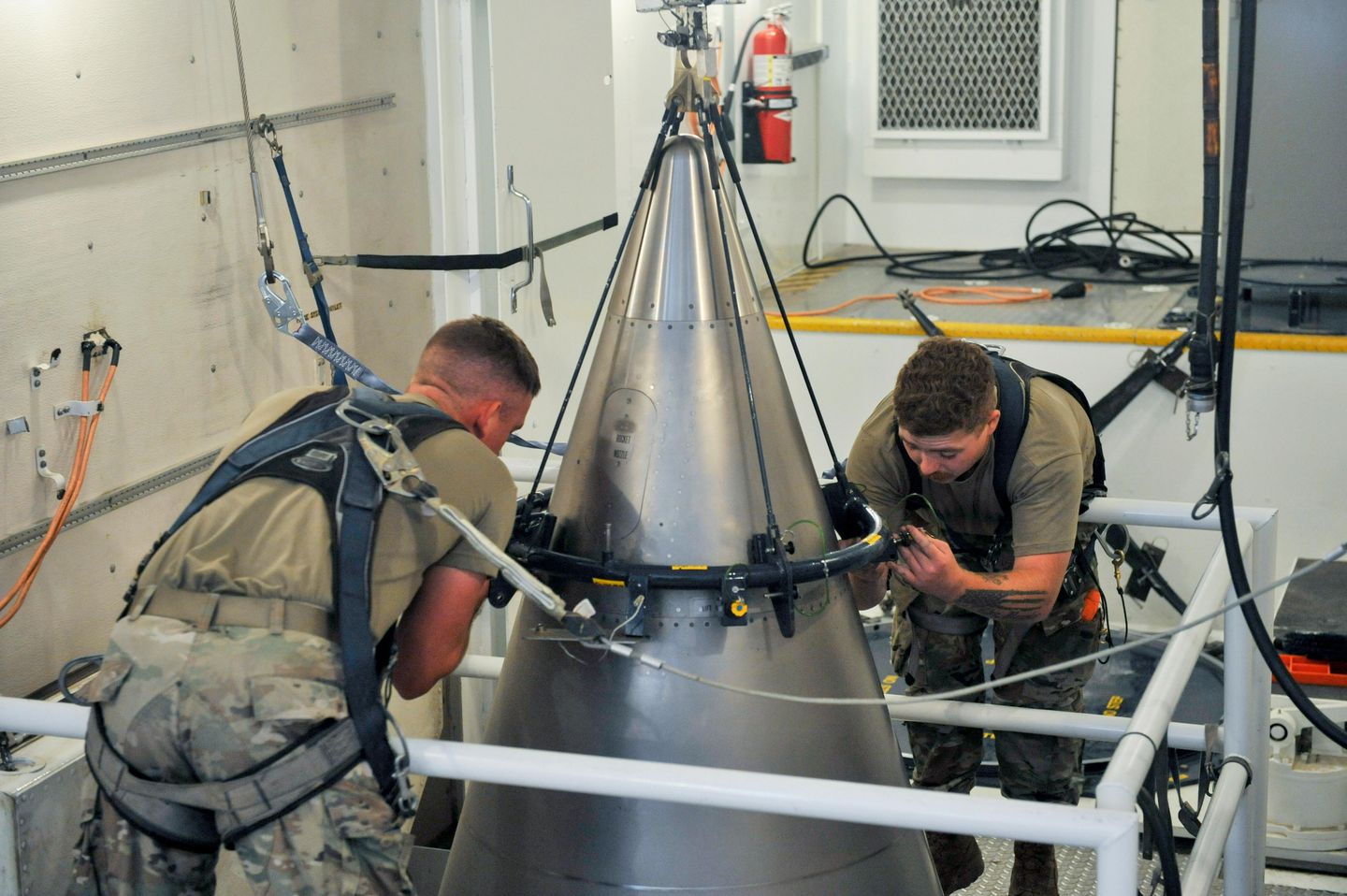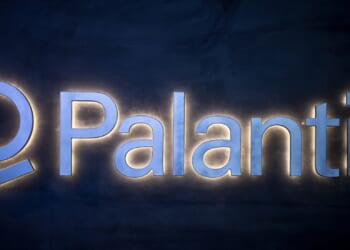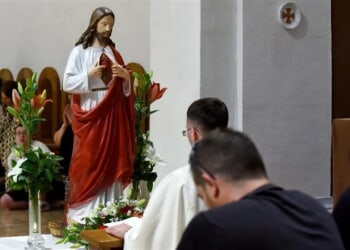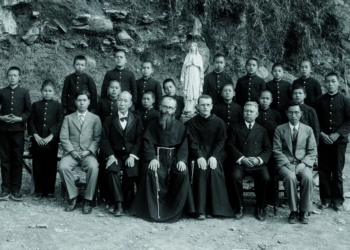
Although Friday’s summit between President Trump and Russian President Vladimir Putin may not result in a ceasefire in Ukraine, it may represent the first step toward a new nuclear deal between Washington and Moscow.
Friday’s meeting, set to take place at 11 a.m. in Anchorage, Alaska (3 p.m. EDT), is the first time Mr. Trump and Mr. Putin have met in person in more than six years. The two leaders are expected to mainly discuss the Ukraine war, now nearing its fourth year, without the presence of Ukrainian President Volodymyr Zelenskyy.
Mr. Putin on Thursday reiterated his desire for peace in Ukraine, but added that the U.S. and Russia could perhaps ink a new nuclear arms deal as part of a broader move toward peace. Speaking to a group of senior security officials, Mr. Putin added that a nuclear deal would be necessary for ensuring “long-term conditions for peace” in Europe.
Mr. Putin’s hints at opening up nuclear diplomacy come as Mr. Trump grows increasingly frustrated with the Russian leader for refusing to accept a ceasefire agreement in Ukraine. If Mr. Putin can shift Friday’s discussion to nuclear diplomacy, Mr. Trump might be convinced that additional sanctions on Russia are unnecessary, potentially allowing Russia’s continued advance into Ukraine.
Mr. Trump has previously threatened to impose harsh sanctions on Russia and other nations that purchase Russian oil.
Mr. Putin’s timing is also convenient, as the 2010 New Start Treaty is set to expire in February 2026. The treaty, signed by Mr. Putin’s predecessor Dmitry Medvedev and former President Barack Obama, caps the number of nuclear warheads the U.S. and Russia can deploy at 1,550. It also limits the number of long-range missiles and bombers to 700.
SEE ALSO: Trump rolls the dice with Alaska summit — but what’s at stake playing Putin’s game
Russia suspended cooperation with the treaty back in 2023 after fighting in Ukraine for over a year, but Mr. Putin promised to uphold the limits on warheads. Russia currently maintains one of the largest nuclear arsenals in the world, with more than 4,300 warheads.
Washington and Moscow have sparred diplomatically on the nuclear front already this month. In early August, Mr. Trump dispatched two nuclear submarines to patrol the waters near Russia after what he categorized as threatening comments from Mr. Medvedev.




![Man Arrested After Screaming at Senators During Big Beautiful Bill Debate [WATCH]](https://www.right2024.com/wp-content/uploads/2025/06/Man-Arrested-After-Screaming-at-Senators-During-Big-Beautiful-Bill-350x250.jpg)












